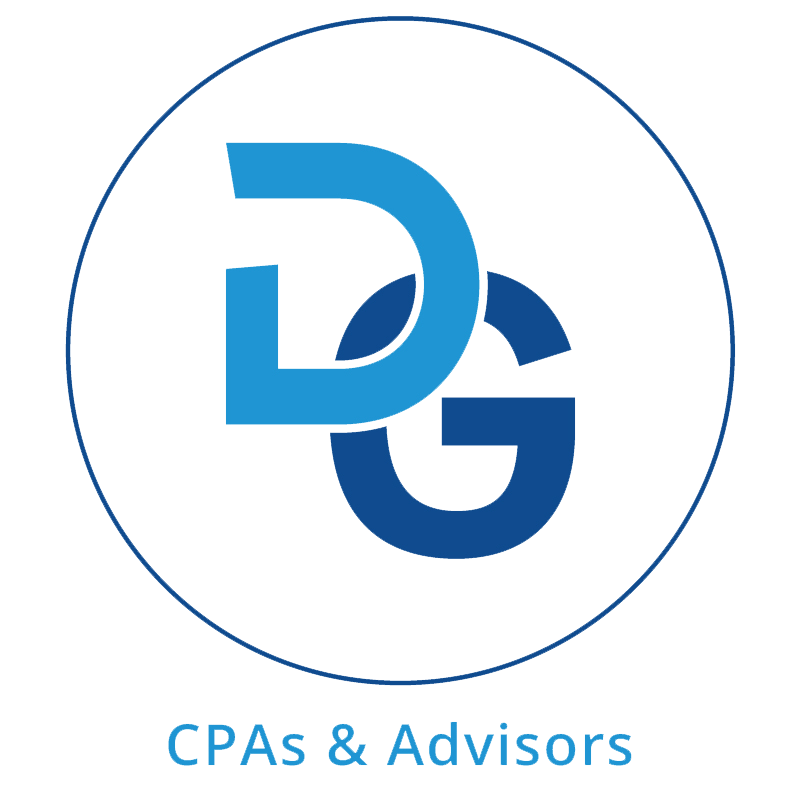10 Steps to a Successful Audit – Tips for Not-for-Profit Organizations

Gregory S. Dowell
March 13, 2018
The Not-for-Profit section of the AICPA recently published a list of 10 steps that nonprofits can take to facilitate their annual financial audit. For the benefit of our nonprofit clients, we are re-printing the list in its entirety:
If preparing for your upcoming audit seems daunting, you’re not alone. Many of us feel a sense of dread at fiscal year-end. We’ve compiled our best tips to help you have a smooth audit:
1. Plan ahead.
Devote additional time both prior to and in connection with year-end close to adequately prepare for the audit, to be available during audit fieldwork, and to communicate with those involved in the audit process. Proper planning and clear expectations will help minimize anxiety and frustration. To be ahead of the curve, treat audit preparation as a year-long process. By keeping schedules and reconciliations up-to-date throughout the year, you can reduce the time it takes to prepare for the audit at the end of the year. Also, maintain an open line of communication between the organization and the external auditors during the year rather than waiting until the audit to discuss new or unusual transactions. This will minimize surprises and allow the organization to make appropriate plans or necessary changes.
2. Stay up-to-date on accounting standards.
New accounting pronouncements may affect your organization’s audit. You will want to stay up-to-date because you may need to manage or track data in a different way (for example, by updating documentation or reorganizing the chart of accounts) in order to implement new standards. Also, be sure to assess whether accounting personnel require any additional training or information in order to implement the new requirements. The AICPA provides eNewsAlerts for its members on new and emerging trends affecting NFPs through its Not-for-Profit Section and also publishes the annual Not-for-Profit Entities – Audit & Accounting Guide. To go straight to the source, refer to the Financial Accounting Standards Board’s website, fasb.org, to determine which new accounting pronouncements are effective for the year under audit.
3. Assess changes in activities.
Did the organization start a new program or receive a new grant? Are there any new reporting requirements? Were any activities discontinued, or were there any impairments? Were there significant changes in internal control systems? Such changes in activities may trigger accounting and reporting considerations that should be communicated to the auditor during the planning process.
4. Learn from the past.
Take stock of any prior year audit adjustments, internal control recommendations, or struggles encountered during prior audits. These can be a starting point for self-review and a memory-jogger to insure these issues are not repeated. During the planning meeting with the auditors, discuss what went well during last year’s audit and where there may be opportunities for improvement or more effective communication between the organization and the auditors.
5. Develop timeline and assign responsibility.
Review the list of workpapers and schedules requested by the auditors, making sure to obtain clarification of requested information when necessary. Assign each item from the list to a responsible person and include a due date. Make sure to allow adequate time for review and correction of schedules if necessary. Tackle the most difficult, complex, or time-consuming areas first when possible. The drafts of the financial statements, schedules, workpapers or other items requested by the auditor should be available on or before the first day of audit fieldwork.
6. Organize data.
Create a repository of audit schedules that can be accessed in future years by the appropriate personnel. Consider creating subfolders for significant transaction cycles or categories, such as cash, revenue and receivables, expenses and payables, investments, fixed assets, debt, etc. to make it easier to manage and retrieve schedules. Schedules and workpapers containing sensitive information, such as payroll, may need to be password-protected or maintained in an appropriately restricted network location.
7. Ask questions.
If an item requested by the auditor is unclear, ask for clarification prior to the start of fieldwork to avoid potential delays. Auditors are generally happy to answer accounting questions regarding unusual or infrequent transactions the organization may need assistance in accounting for. Also, ask questions of those within the organization to obtain information necessary to prepare required footnote disclosures. Such discussions could include significant accounting estimates, pending or threatened litigation, related party transactions, commitments and contingencies, and other topics necessary to prepare required footnote disclosures.
8. Perform a self-review.
Once all year-end closing entries are made, review schedules and workpapers to ensure amounts agree or reconcile to the trial balance. Take a step back and assess the overall financial statements for reasonableness. Also read and update the notes to your financial statements, and refer to a disclosure checklist to make sure you have included all the required information. Be prepared to explain financial statement line item variances from year to year or from budget to actual.
9. Be available during fieldwork.
Avoid key personnel scheduling time off during the audit, and consider rescheduling or postponing non-critical meetings for finance and accounting staff heavily involved with the audit. Although most of the schedules and workpapers will have been requested by the auditors prior to the start of audit fieldwork, understand that the auditors will be asking for additional information, including supporting documents and explanations, throughout fieldwork. Consider having brief status meetings or obtaining an open items list from the auditors at logical intervals during the engagement to track progress.
10. Evaluate results.
Maintain communication with the auditors during the time between fieldwork and the issuance of the audit report. If there are any open items at the end of fieldwork, establish agreed upon dates for the information to be provided to the auditors whenever possible. If the auditor is to attend meetings with the audit or finance committee and/or board of directors, confirm that the auditor has the date, time, meeting location and other pertinent details of the meeting. Consider holding a post-audit closing meeting with employees involved in the audit to communicate results and solicit feedback.










